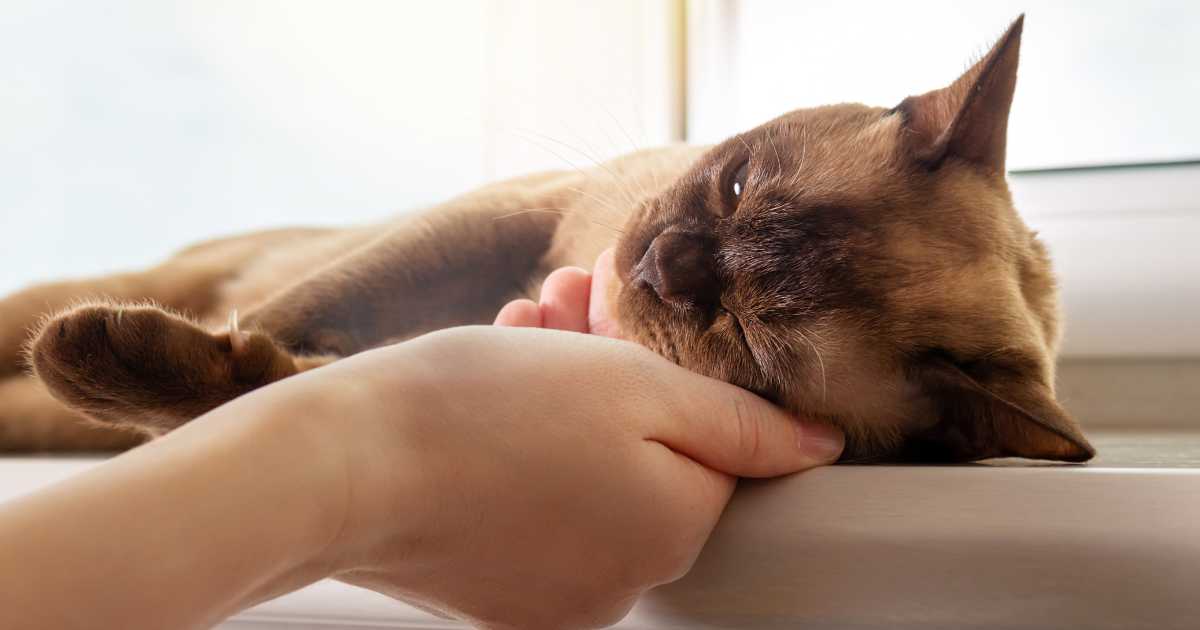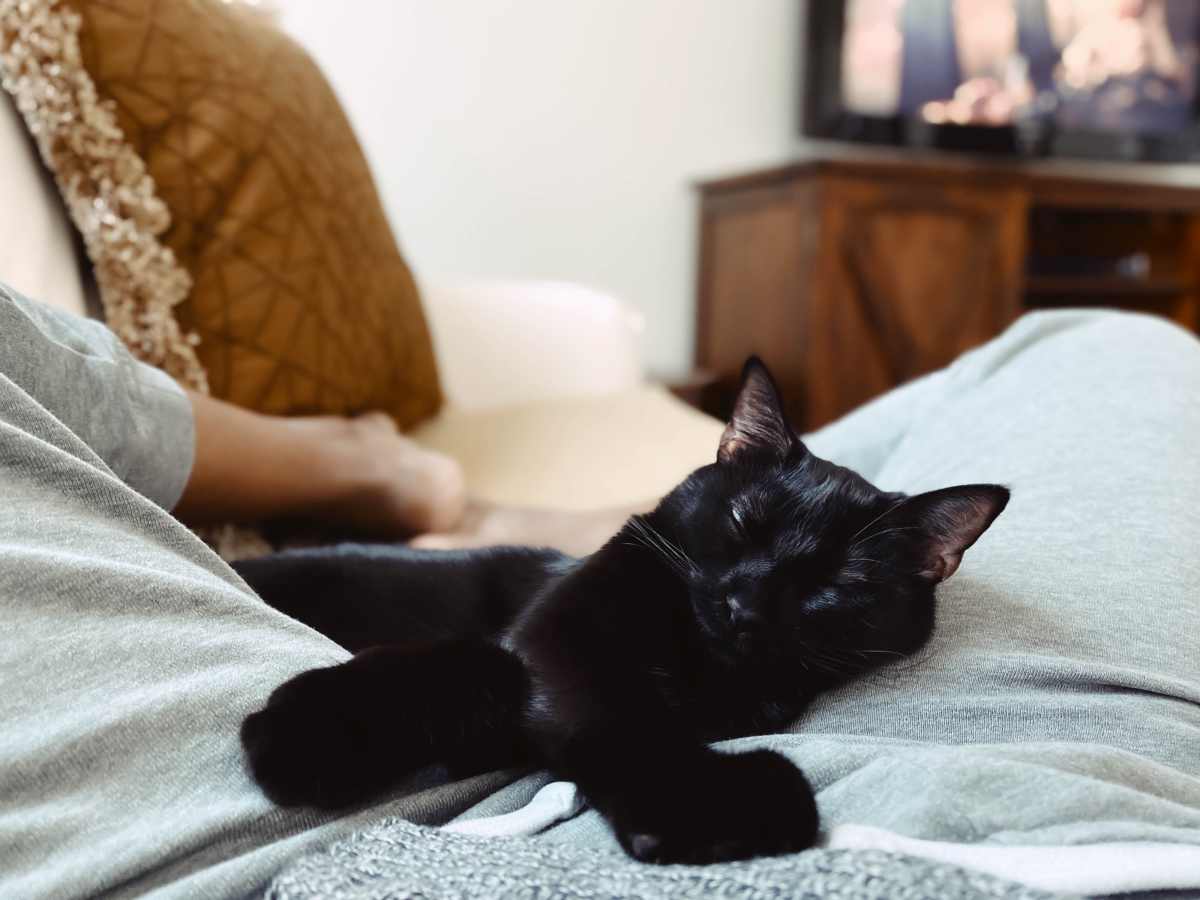New study finds cats love to sleep on the left side more — and this clever move shows just how genius they really are

Cats have always been full of surprises, from their mysterious behavior to the way they find comfort in the oddest places. Now, new research adds another fascinating detail to their list of secrets. A recent study has found that cats tend to favor sleeping on one particular side, their left, and this small habit reveals just how clever these furry companions truly are. The findings, released in June 2025, shed light on a behavior that could be linked to their natural instincts and survival skills.

As reported by Pets Radar, a team of researchers from Italy, Germany, Canada, Switzerland, and Turkey joined forces to study feline sleeping patterns. Led by Dr. Sevim Isparta and Professor Onur Güntürkün, the researchers analyzed hundreds of publicly available videos of cats sleeping. Their work, published in Current Biology, involved 408 videos showing cats clearly lying on one side for at least ten seconds. The results were surprising; about two-thirds of the cats were found to sleep on their left side. This consistent pattern sparked the question of why such a preference exists.

The researchers believe there is more to this habit than comfort. They suggest that sleeping on the left side may offer cats an evolutionary advantage. In the wild, cats are both predators and prey, often sleeping for long hours in vulnerable conditions. By lying on their left side, they might be better equipped to react quickly if danger approaches. Professor Güntürkün explained that asymmetry in behavior often benefits animals because each side of the brain specializes in different tasks. In this case, a cat’s right hemisphere, which processes spatial awareness, movement, and threats, becomes more active when it rests on their left side, allowing for faster responses when awakened suddenly.

Essentially, this position could help cats see approaching predators or prey more effectively when they wake up. Cats that sleep on their left side use their left visual field, which sends signals to the right side of the brain. This hemisphere is responsible for quick decision-making, spatial attention, and recognizing danger. Researchers described this as a “survival strategy,” suggesting that cats may have naturally evolved this behavior over time. Given that cats sleep up to 16 hours a day, nearly two-thirds of their lives, they often choose elevated spots to stay safe while resting. Any behavior that enhances their security during these long hours of sleep would naturally be beneficial.

While there are other possible explanations, such as paw dominance or physical comfort, the researchers lean toward the evolutionary theory. They also noted that animals often show similar side preferences for functional reasons; for example, pregnant cows tend to rest more on their left side. For cats, the leftward bias appears too significant to be random. “Sleeping on the left side can therefore be a survival strategy,” the researchers concluded. The discovery not only helps explain another fascinating aspect of feline behavior but also offers a glimpse into the deep evolutionary intelligence of one of our favorite household companions.